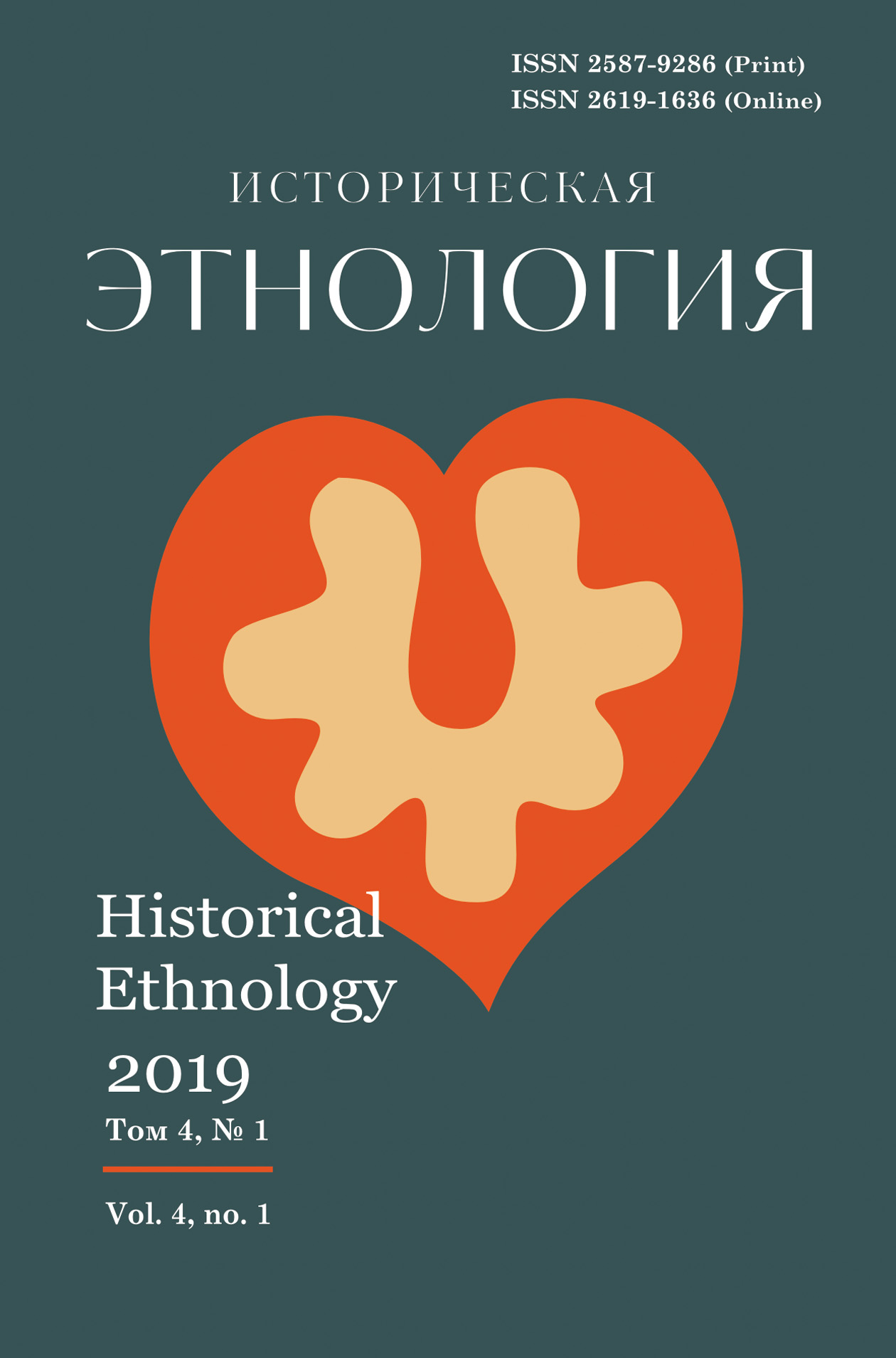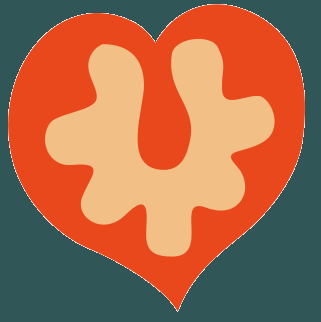
Main menu / 2019, vol.4, no.1 / Tietmeyer Е.
Revisited: Tatar cultural heritage in Berlin, Germany. Tietmeyer Е.
85-92 p. doi.org: 10.22378/he.2019-4-1.85-92 This article presents an overview of the Berlin Museum of European Cultures’ (MEK ) collaborative work concerning Kazan and Crimean Tatars and most of all of the Crimean Tatar collection of the Museum. This consists of more than 990 objects of everyday life, photographs, and paintings dating from the middle of the 19th century up to today. Most of them were collected in the late 1920s by the Berlin researchers Nata and Hans Findeisen on the Crimean Peninsula and some of them by the Berlin journalist Gustav Küppers in the Dobrogea/Black See – Romania in the 1930s. Based on that, the author of the article collected objects that reflect cultural change and socio-political issues in the Crimea in the middle of the 1990s. Further the article pays special attention to the Berlin painter Wilhelm Kiesewetter. His works show foreign lifestyle which he witnessed during his 14 year journey across Northern Europe, Russia and West Asia. There he also visited Kazan, the capital of Tatarstan, but his two-year stay on the Crimean peninsula from 1845 to 1847 was the most emphatic and pleasant for Kiesewetter. Thus, he was very efficient in describing Crimean Tatar everyday life. Keywords: Tatars, Berlin, Museum of European Cultures, painter Wilhelm Kiesewetter, cultural heritage. For citation: Tietmeyer Е. Revisited: Tatar cultural heritage in Berlin, Germany. Istoricheskaya etnologiya – Historical Ethnology, 2019, vol. 4, no. 1, pp. 85–92. DOI: 10.22378/he.2019-4-1.85-92
REFERENCES
About the author: Prof. Dr. Elisabeth Tietmeyer is a Director of Museum Europäischer Kulturen (Im Winkel 8, D–14195 Berlin, Germany); e.tietmeyer@smb.spk-berlin.de
|
Istoricheskaya etnologiya Historical Ethnology
Scientific journal







